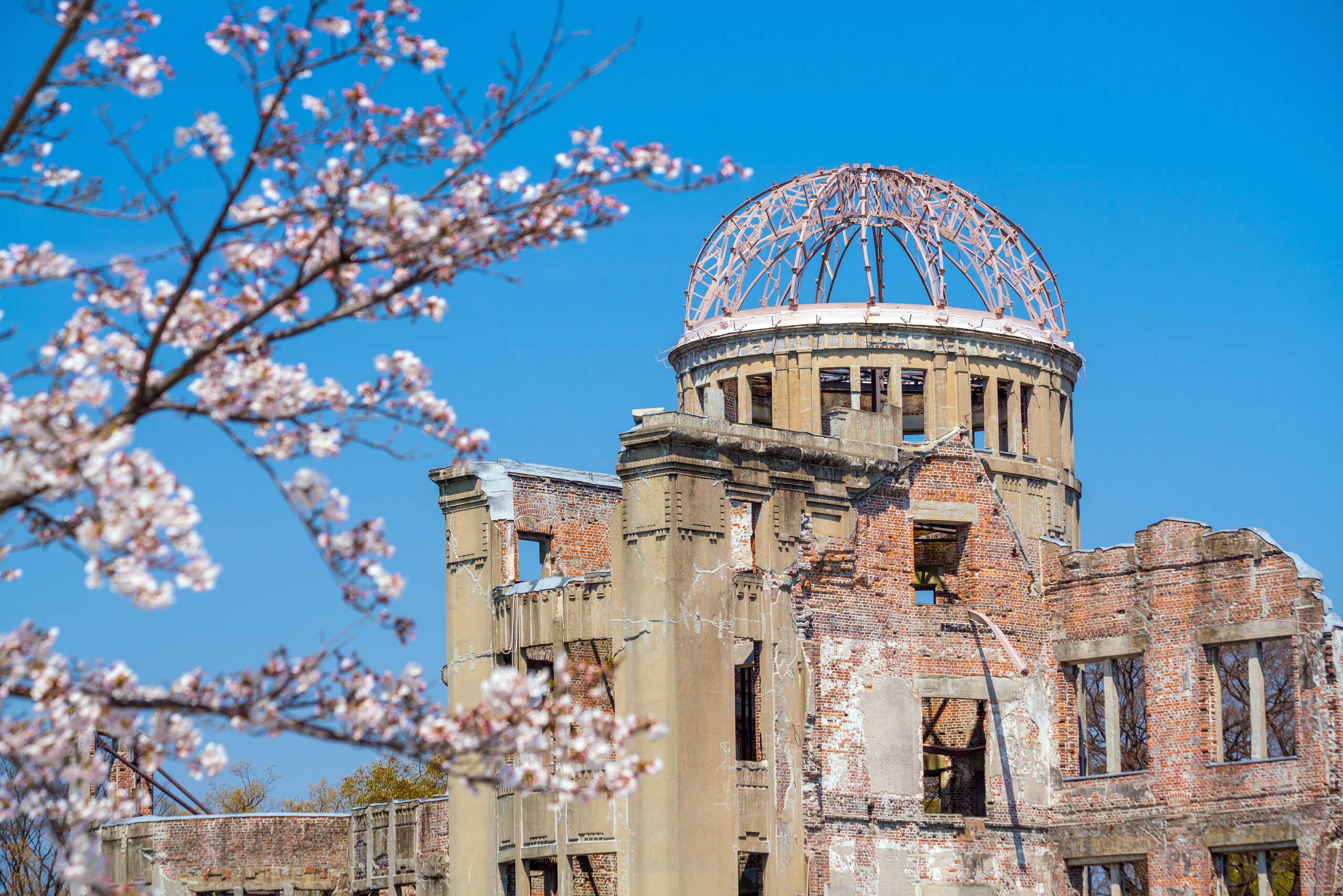In a world teeming with breathtaking landscapes, ancient ruins, and architectural marvels, UNESCO World Heritage Sites stand out as guardians of humanity’s collective history and natural splendor. These sites are celebrated not only for their visual and cultural significance but also for their role in educating and inspiring future generations. Spanning the globe, UNESCO heritage sites encompass the pinnacle of what our world has to offer, from the remnants of early civilizations to the most awe-inspiring natural phenomena. This article delves into the wonders of UNESCO World Heritage Sites, exploring their diversity, significance, and the efforts to preserve these invaluable treasures for posterity.
Unveiling the Wonders of UNESCO Heritage Sites
UNESCO World Heritage Sites are beacons of cultural, historical, and natural importance, recognized for their unparalleled value to humanity. These sites, spanning across continents, offer a window into the past, present, and future, showcasing the pinnacle of human achievement and the Earth’s extraordinary biodiversity. From the architectural grandeur of ancient temples to the raw beauty of natural parks, UNESCO sites command global admiration and respect. They serve as a bridge between generations, educating and inspiring all who visit. The designation of a site as a UNESCO World Heritage is a mark of honor, highlighting its significance and the universal obligation to protect and preserve it for future generations.
Journey Through Time: Ancient UNESCO Marvels
The UNESCO World Heritage list is replete with sites that transport visitors back in time, offering a glimpse into ancient civilizations and their legacies. From the pyramids of Egypt to the great wall of China, these ancient marvels are testaments to human ingenuity and resilience. The ruins of Petra in Jordan, with its rock-cut architecture, and the majestic Machu Picchu in Peru, perched high in the Andes, speak volumes of the sophisticated societies that once thrived. These sites not only provide a direct link to the past but also inspire awe and reflection on the transient nature of human endeavors against the backdrop of time.
UNESCO’s Natural Wonders: Earth’s Hidden Gems
Among UNESCO’s recognized sites are natural wonders that capture the unparalleled beauty of the natural world. The Galápagos Islands, with their unique biodiversity, have been pivotal in shaping our understanding of evolution. The Great Barrier Reef, a kaleidoscope of marine life, underscores the beauty and fragility of the world’s coral ecosystems. These natural treasures, ranging from the vast Serengeti plains to the icy realms of the Greenland Ice Sheet, highlight the importance of conservation efforts in preserving our planet’s biodiversity and natural heritage. They stand as a reminder of the awe-inspiring beauty that exists beyond the confines of human civilization.
Architectural Masterpieces in the UNESCO List
The UNESCO Heritage Sites list also celebrates architectural masterpieces that have defined human civilization across epochs. The Gothic cathedrals of Europe, with their soaring spires and intricate stained glass, showcase the pinnacle of medieval craftsmanship. The Taj Mahal, a mausoleum of white marble in India, epitomizes love and the intricacy of Mughal architecture. Meanwhile, the distinctive skyline of Florence, Italy, reflects the birth of the Renaissance and a turning point in artistic and architectural innovation. These structures are not merely buildings; they are enduring symbols of cultural identity and the evolutionary progress of architectural thought and design.
Preserving History: UNESCO’s Role Worldwide
UNESCO’s mission transcends the mere identification and recognition of world heritage sites; it plays a crucial role in the preservation and protection of these treasures. Through international collaboration, UNESCO fosters a sense of global responsibility towards safeguarding our shared heritage. The organization provides technical assistance, emergency response to threats, and advocacy for protective legislation, ensuring that these sites are preserved against the ravages of time, war, and natural disasters. UNESCO’s efforts underscore the importance of collective action in preserving the past, highlighting the interconnectedness of all cultures and the shared responsibility towards our heritage.
UNESCO Sites By the Numbers: A Global Overview
As of my last knowledge update in 2023, the UNESCO World Heritage list comprises over 1,100 sites, each selected for their outstanding value to humanity. Spanning 167 countries, these sites are categorized into cultural, natural, and mixed, reflecting the diversity of the world’s heritage. The list is a testament to the breadth of human and natural diversity, from the largest protected areas to the most intricate urban fabric. This global distribution underlines the universal importance of preserving our shared heritage, regardless of geographical or cultural boundaries, and the ongoing commitment of the international community to this cause.
UNESCO World Heritage Sites embody the zenith of human creativity and natural beauty, serving as custodians of the planet’s rich cultural and natural heritage. Through the exploration of ancient marvels, natural wonders, and architectural masterpieces, these sites offer profound insights into the ingenuity and resilience of human societies, as well as the breathtaking beauty of the natural world. The efforts of UNESCO and the international community in preserving these sites underscore the significance of safeguarding our shared heritage for future generations. As we continue to unveil new additions and advocate for the protection of endangered sites, the legacy of UNESCO World Heritage stands as a beacon of hope and inspiration, reminding us of the collective responsibility we share in preserving the wonders of our world.








